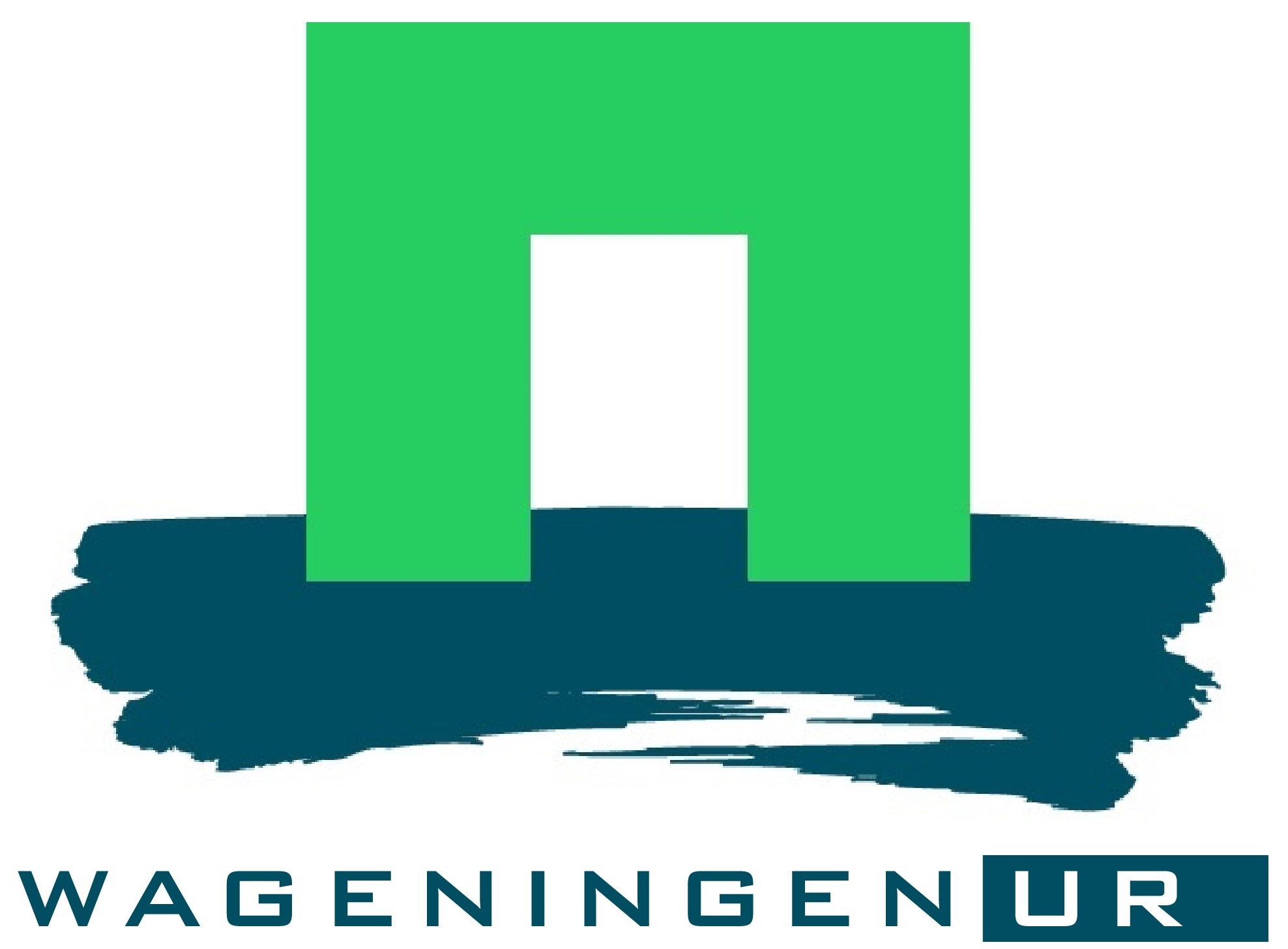Location
6700 HB Wageningen
Wageningen University & Research is a collaboration between Wageningen University and the Wageningen Research foundation.
That is the mission of Wageningen University & Research. A staff of 6,500 and 10,000 students from over 100 countries work everywhere around the world in the domain of healthy food and living environment for governments and the business community-at-large.
The strength of Wageningen University & Research lies in its ability to join the forces of specialised research institutes and the university. It also lies in the combined efforts of the various fields of natural and social sciences. This union of expertise leads to scientific breakthroughs that can quickly be put into practice and be incorporated into education. This is the Wageningen Approach.
The scientific quality of Wageningen University & Research is affirmed by the prominent position we occupy in international rankings and citation indexes.
The domain of Wageningen University & Research consists of three related core areas:
- Food and food production
- Living environment
- Health, lifestyle and livelihood
Wageningen University & Research has branches all over The Netherlands and abroad. A large number of lecturers, researchers and other employees are based at Wageningen Campus.
Members:
Resources
Displaying 6 - 10 of 210Integrating local knowledge and remote sensing for eco-type classification map in the Barotse Floodplain, Zambia
This eco-type map presents land units with distinct vegetation and exposure to floods (or droughts) in three villages in the Barotseland, Zambia. The knowledge and eco-types descriptions were collected from participatory mapping and focus group discussions with 77 participants from Mapungu, Lealui, and Nalitoya. We used two Landsat 8 Enhanced Thematic Mapper (TM) images taken in March 24th and July 14th, 2014 (path 175, row 71) to calculate water level and vegetation type which are the two main criteria used by Lozi People for differentiating eco-types.
Socio-ecological analysis of multiple-use forest management in the Bolivian Amazon
Community families throughout tropical regions derive an important share of their income from multiple forest products, with generally positive outcomes on their livelihoods. The production of these products in a multiple-use forest management scheme (MFM, the production of multiple forest products within a single management unit) encompasses many (yet) unknown socioeconomic and ecological feedbacks.
An expert system model for mapping tropical wetlands and peatlands reveals South America as the largest contributor
Wetlands are important providers of ecosystem services and key regulators of climate change. They positively contribute to global warming through their greenhouse gas emissions, and negatively through the accumulation of organic material in histosols, particularly in peatlands. Our understanding of wetlands’ services is currently constrained by limited knowledge on their distribution, extent, volume, interannual flood variability and disturbance levels.
Getting a grip on hydrological and sediment connectivity
Land degradation is a large problem worldwide, especially in agricultural areas. Between 1-6 billion ha of land worldwide is affected by land degradation. With an increasing world population, more food production is needed and, therefore, more land is converted into agricultural areas. This conversion of land to agricultural areas, in turn, leads to more land degradation. Some common forms of land degradation are desertification, salinization and soil erosion by water. The negative effects of soil erosion have been recognized for a long time.
Mining water governance : everyday community-mine relationships in the Peruvian Andes
This thesis documents as well as questions how the presence of large mining operations in Andean regions of Peru alters social and natural landscapes. Taking conflicts over water as a useful entry-point for the analysis, it explores and unravels the dilemmas and challenges faced by the main conflicting actors: rural communities and mining companies. Through an in-depth analysis of how the actors navigate these challenges, focusing on those related to water, the thesis sets out to understand what happens with water in contexts of mineral extraction.





